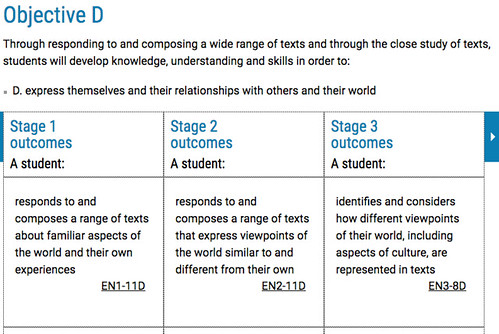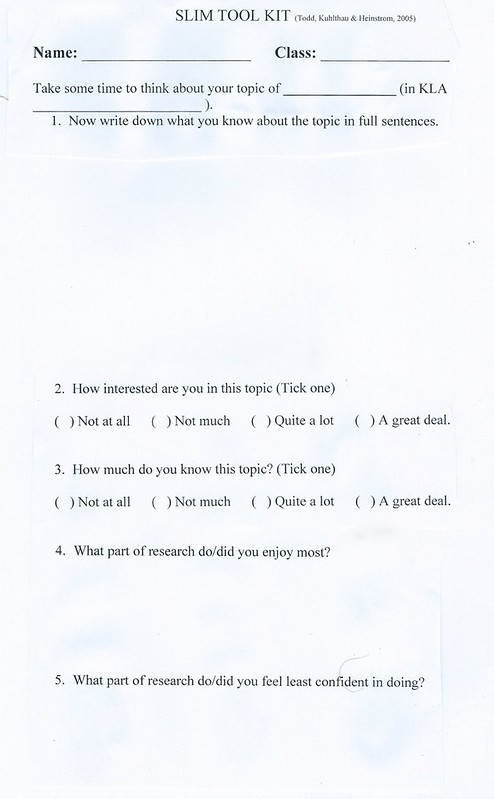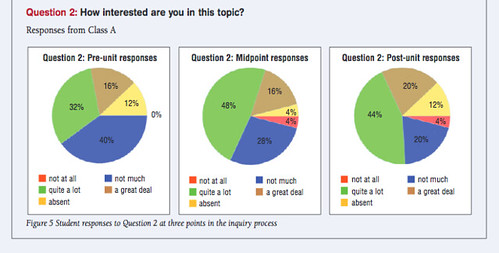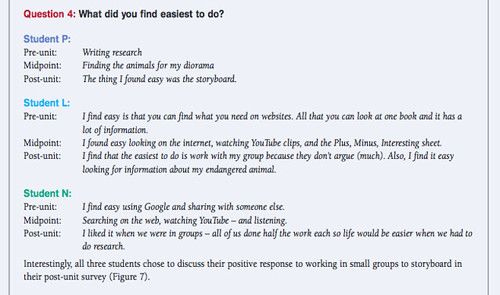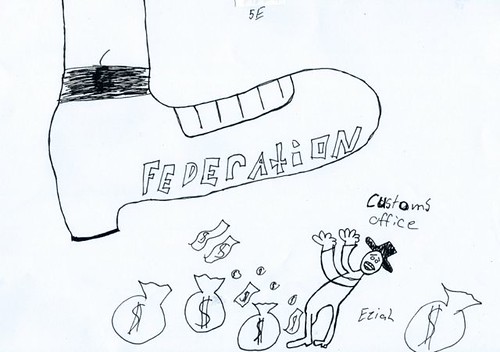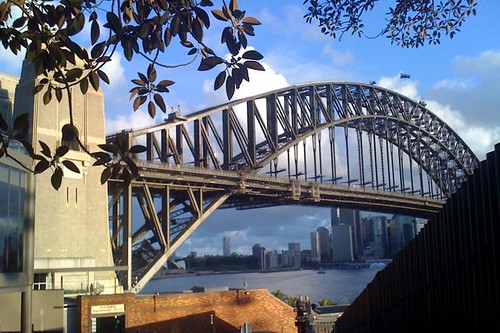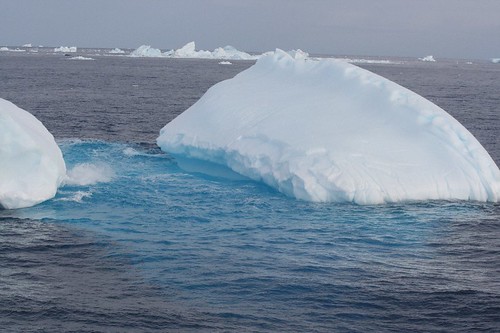This week, we are required to take a moment to think of an area or skill, relating to our professional lives, that we are:
1. Doing well with (and would still like to improve), and
2. Would like to improve.
Although some quite antiquated statistics are quoted by Ali Boehm at The Massage Business Mama, it now turns out to be a fictitious example. I guess to prove a point with a blatant bluff, relying on the fact that most readers won’t double-check the sources?
The reports were said to have found that:
• 84% of the graduates [at Harvard University, in 1979] had no specific goals.
• 13% had goals but had not taken the time to write down said goals.
• 3% had taken the time to sit down and write out their goals and a plan to accomplish them.
When re-interviewed a decade later, the results were no surprise:
• The 13% who had goals, were earning on average twice as much as the 84% who had no specific goals.
• The 3% with clear, written goals were earning on average ten times as much as the rest of their classmates.
The decisive question asked of the students listening to the presentation: “Do you think that maybe being a part of the 3% that take time to write out goals might set you apart from your competitors in business? Not to mention the effects it could have in your personal life…”
Sounds good! But… the figures and the studies are “fake news” – and so old they are not even “news”. I was intrigued that 1979 was a very old study to use as an example. Supposedly, that 1979 Harvard University study interviewed new MBA (Master of Business Administration) graduates about the setting of career goals, and again exactly ten years later, to compare the results. Blogger Sid Savara has determined that, prior to this, the same statistics and findings had been attributed to an even more ancient (1953) Yale University goal-setting study. Neither of these goal studies actually occurred.
Savara sums up thusly: “The moral of the story: Don’t believe everything you read online. Nonetheless, the initial advice I put forth is still sound – write down your goals!“
So, now to print out a template for my Strength-based and Deficit-based SMART Goal Components, and fill it out… I shall return.
LATER:
Mmmmm. I am definitely not enjoying tackling these goals on my own. I find goal-setting to be very challenging. In education circles, I have been involved in formulating SMART goals for primary schools and while serving on various professional committees, but most times we have brainstormed and discussed our goals in small groups, and then larger groups, until consensus is reached, with all stakeholders having a chance to contribute.
My Strength-based SMART Goal must be Strategic, Measurable, Attainable, Results-based/Research-based and Time-bound. The obvious one is to complete my current course, which will involve a Remedial Clinic next term (condensed to respond to lost time over the current pandemic situation) with the prescribed number of massage sessions, with a passing grade and satisfactory supervisor feedback, by the end of September 2020.
My Deficit-based SMART Goal must also be Strategic, Measurable, Attainable, Results-based/Research-based and Time-bound. Through the readings I have done this week (discussion and links in my next blog entry), it seems inevitable that my goal needs to be extended beyond my customary brisk daily walk. I will compile a plan of essential strengthening and stretching exercises, complete them every day, in two 15-minute sessions (which is almost 30 minutes more stretching than I currently do), mark each session on a calendar, completed at the end of June 2020. (This will allow for a reevaluation and another plan put into place for the end of September 2020.)
I now come to the GROW Model.
1. Choose your GOAL!
• Select one of the goals you set earlier using the SMART criteria to work on in this exercise. What is your chosen goal?
It seems obvious that a plan for regular strengthening and stretching exercises is what I need to put into place, not that it thrills me. I know that physical exercise (except walking) is something that I have always avoided.
2. Is your goal REALISTIC?
• Explore this question further. Why have you not already reached your goal?
Regular physical exercise comes with plenty of baggage from my childhood and teenage years. My Dad was a first-grade cricketer and talented in several sports, so I often felt I was a disappointment to him. PE was one of my least desirable activities in teaching, too. I often escaped it as a teacher-librarian, but not always. It’s really just not me. But I can see that regular strengthening and stretching exercises will be a preemptive insurance against injuries, and a way to keep my new career active and less difficult.
• What has been stopping you from reaching it?
Lack of discipline, forgetfulness in performing tasks I do not find enjoyable, procrastination, other priorities have been more urgent…
• Where are you now in relation to the goal?
After some research and reading this week, I have certainly found some compelling arguments for getting my act together.
• Do you think the goal is achievable for you?
Yes, but it will be interesting to see if I end up enjoying following a routine. Last time I felt longterm benefits and self-satisfaction from regular exercise would have been… 1972. (I must tell that story some day. It’s hilarious.)
• Do you know anyone who has already achieved a goal similar to yours? What can you learn from them?
Mmmmm. No one coming from my particular anti-sport stance. I shall have to think about this question.
• What have you already tried and what could you do better?
Over recent years, I have managed to keep to a fairly strict routine for daily physical exercise in the form of brisk walking. It needs to be extended to include complementary strengthening and stretching. The old reliable diet plans are not working the way they did in the 90s, though, and I get quite discouraged, having already given up many “sometime foods”.
3. What are your OPTIONS?
• What could be your first step towards fulfilling your goal?
I need to research and create a list of appropriate strengthening and stretching, and do them twice a day. My lecturer has been adding videos of such exercises to the Endeavour College Facebook page.
• What do you think would happen if you took this step?
My body would start to feel positive benefits. And that would be motivating to continue.
• Are there any obstacles to you taking this step?
Procrastination.
• Are there also other options for moving forward?
Now that pandemic lockdown restrictions are being lifted, I could could contact a friend who does running as a series pastime for some encouraging and mentoring.
• How would these make you feel?
I would hope for a bit of an endorphin rush as the calendar days get checked off, or when boasting to my runner friend about my progress?
• Which of the options that you have explored do you feel ready to put into action?
My lecturer has uploaded two stretching videos so far. I have watched them, but only followed one of them a few times.
4. What is your WAY FORWARD?
• Now that you have gone through your options you can set up your “game plan” which will act as a framework to implementation. It can be as simple as – Step 1… Step 2… Step 3…, etc. (Be sure to review regularly to keep on track and make adjustments as needed.)
Gosh, no excuses now, huh?
As mentioned above, some links to my lecturer’s first batch of stretching and strengthening video clips from Endeavour College of Natural Health’s Facebook page:
• “Desk exercises with Anthony Turri” video is HERE.
• “Bad posture busting exercises for the upper body with Anthony Turri” video is HERE.


